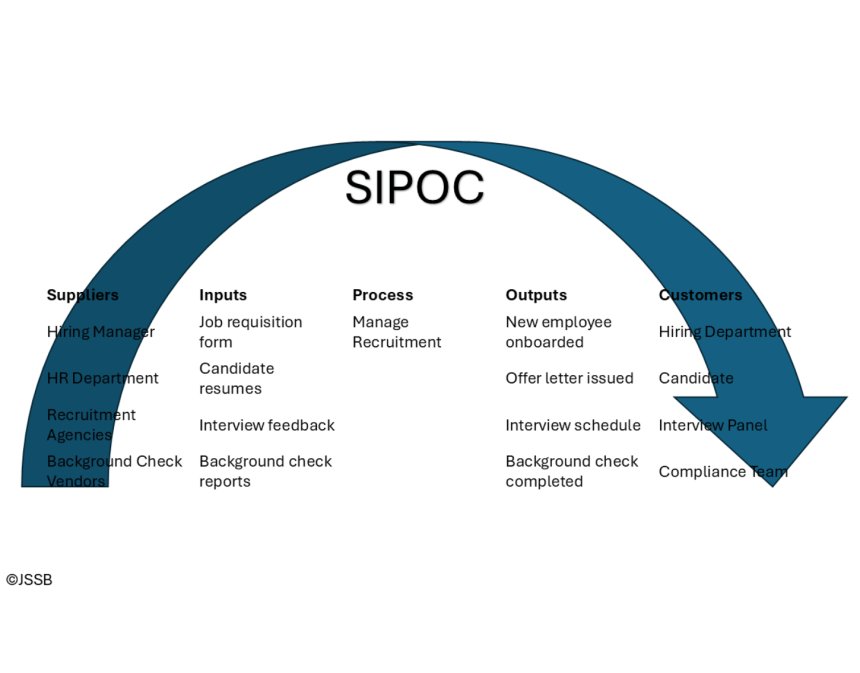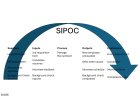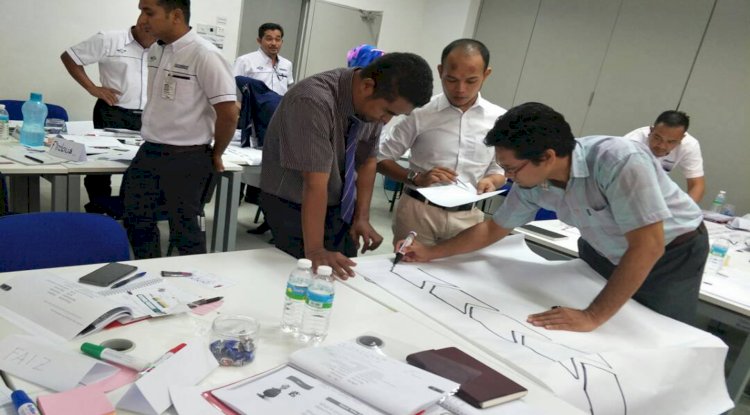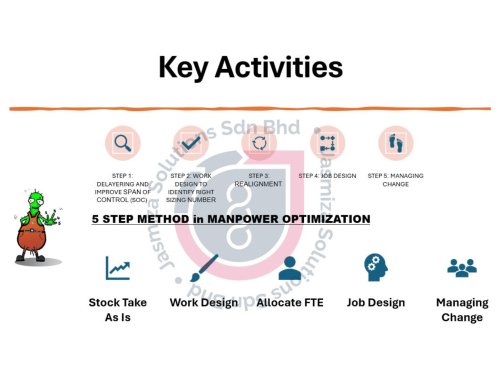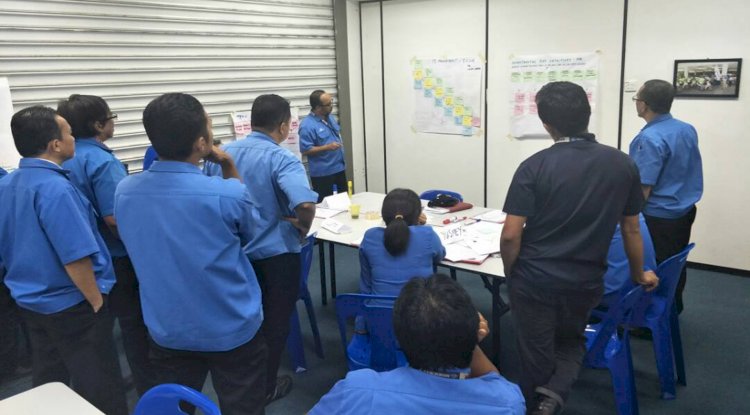Why FTE Is Important?
FTE is undeniably a buzz-word in many HR circles of late. This acronym of Full-Time-Equivalent is an extremely useful concept in analyzing the right-size of our organization especially in light of productivity and manpower optimization.
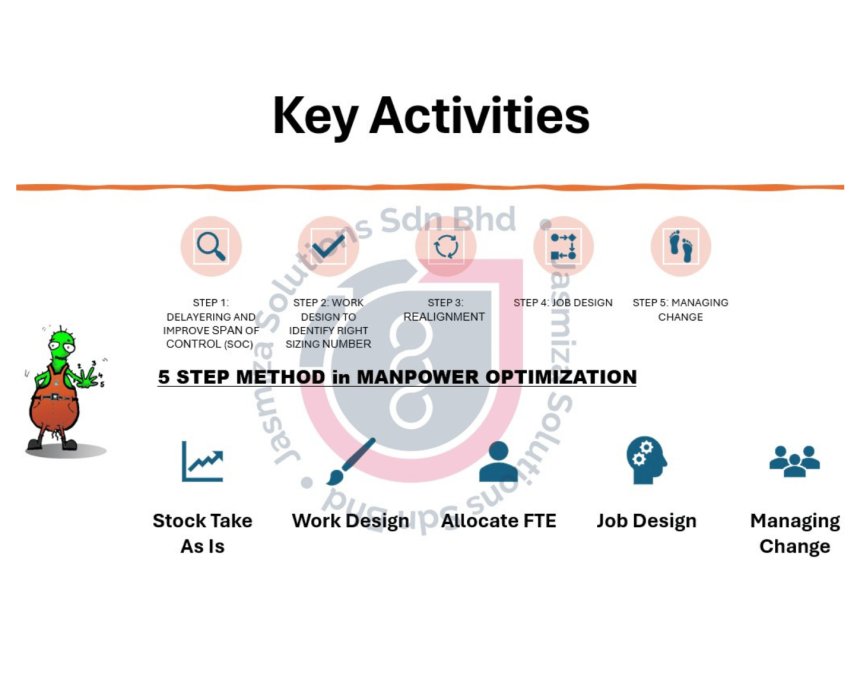
FTE is undeniably a buzz-word in many HR circles of late. This acronym of Full-Time-Equivalent is indeed an extremely useful concept in analyzing the right-size of our organization especially in light of productivity and manpower optimization.
Let’s get to basics
Before we elaborate further, it will be worthwhile if we try to understand FTE from its fundamental basis first. This concept is normally used to evaluate how many bodies are currently available within the organization under study. It is essentially the resultant value between the annual actual working hours over the annual expected working hours for a particular position or function.
For example, if the recorded annual actual working hours for a production engineer is 1400 hours and the corresponding annual expected working hours is 1600 hours, it is quite straightforward that the FTE for this function is 0.88. With this number, we can intuitively say that the designated function is effectively served by 1 body and there is no need for any additional bodies to ensure the effective functioning of the position.
How do we get the numbers?
You may want to ask how do we collect the annual actual working hours in the first place? At JSSB we generally deploy 2 main methodologies depending on the nature of the work under scrutiny, namely;
- DILO (Day-in-the-Life-of)
- BPM (Business Process Mapping) structured interview
DILO is usually utilized when the functions under study involve repetitive work deliverables with marginal knowledge manipulation and processing elements. This may describe many non-executive work functions out there, for example, receptionists, account clerks, plant operators and maintenance technicians. However, do take note that this is simply a general description and must be further analyzed and determined within the context of the organization itself.
BPM structured interviews in contrast will be normally used in evaluating the actual working hours required to serve functions that more reflect the deliverables of a typical knowledge worker. This category usually covers most of the executive functions including engineers, accountants and technical specialists. These structured interviews are conducted face-to-face between our consultants and the position-holders themselves so as to capture the most accurate information about the incumbents’ actual work deliverables.
From both DILO and BPM structured interviews, we will collect the raw data and transform these invaluable data into SIPOC, ICOR and DC as previously discussed into annual actual working hours which are to be used for further FTE analysis.
What do those numbers mean?
Our FTE analysis may not be similar to our competitors. We always see FTE in terms of the total amount of the actual working hours required for the incumbents to deliver his or her job effectively. And that is why SIPOC, ICOR and DC are inseparable in our Manpower Optimization exercise.
In our practice, the resultant FTE should be ideally above 0.75. Any figures above this until 1.0 should be interpreted as an acceptable level of functional effectiveness. In our format, the resultant FTE of above 1.0 should indicate that the function is overloaded and thus, further work re-design of the function may be required to alleviate the bottleneck.
However, if the resultant FTE number ranges between 0.60 – 0.74, this should imply that the said functions are under-loaded and it is critical that these functions are investigated for further loading and optimization. This may include job enlargement exercise or perhaps further head-count optimization. Any other figures below 0.60 may suggest that there is an apparent redundancy of the function and serious reconsideration of the position by HR should take place.
The results from our DILO and BPM structured interview can also be further utilized to determine the suitable right-sizing of the organization based on the rich data that has been gathered during these sessions. It is also possible to conclude what would be the most ideal numbers of positions within particular functional business units and departments based upon these rich sets of data.
A couple made in heaven!
Yes, it is clear that FTE analysis is certainly important in our Manpower Optimization (MO) exercise. However, it is also equally clear that this step does not stand on its own. As a matter of fact, this FTE analysis phase will never be smooth-sailing if the previous step of constructing the SIPOC, ICOR and DC is defective and not accurate in capturing the real work deliverables that are actually happening on the ground. Therefore, careful considerations in both SIPOC phase coupled with detailed analysis at FTE phase is indeed crucial for an effective MO. Some would call it, a couple made in heaven!
Share
 Like
3
Like
3
 Dislike
0
Dislike
0
 Love
1
Love
1
 Funny
0
Funny
0
 Angry
0
Angry
0
 Sad
0
Sad
0
 Wow
0
Wow
0


